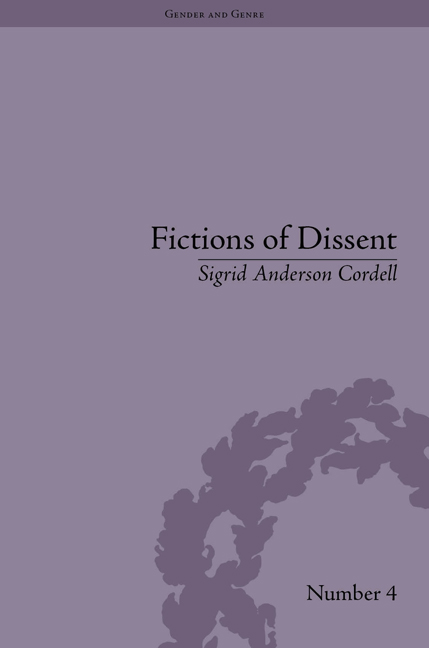 Fictions of Dissent
Fictions of Dissent Book contents
- Frontmatter
- CONTENTS
- Acknowledgements
- Introduction: The Muse's Revenge
- 1 ‘A Beautiful Translation from a Very Imperfect Original’: Mabel Wotton, Aestheticism and the Dilemma of Literary Borrowing
- 2 Vernon Lee and the Aesthetic Subject
- 3 Edith Wharton and the Artist as Connoisseur
- 4 The Aesthetics of Ownership in Women's Stories
- Notes
- Works Cited
- Index
2 - Vernon Lee and the Aesthetic Subject
- Frontmatter
- CONTENTS
- Acknowledgements
- Introduction: The Muse's Revenge
- 1 ‘A Beautiful Translation from a Very Imperfect Original’: Mabel Wotton, Aestheticism and the Dilemma of Literary Borrowing
- 2 Vernon Lee and the Aesthetic Subject
- 3 Edith Wharton and the Artist as Connoisseur
- 4 The Aesthetics of Ownership in Women's Stories
- Notes
- Works Cited
- Index
Summary
Despite her reputation as a brilliant conversationalist and talented essayist, Vernon Lee hovered on the fringes of the late nineteenth-century literary scene throughout her career. In 1881, alongside a description of her energetic attempts to gain entry into ‘London literary society’, she told her mother that it was ‘merely a thing shewn to me through a grating’. This sense of being an outsider became amplified three years later when she was snubbed by many in the Pre-Raphaelite circle who had recognized themselves as objects of ridicule in her first novel, Miss Brown (1884). In 1891, she again bemoaned her outsider status, this time in relation to her literary, rather than social, success when she told her mother that ‘I am decidedly an unsuccessful author, well known but not read’ (italics in original).
One striking reason for Lee's exclusion from the late nineteenth-century artistic scene has been identified as her clumsy realism, as in the case of Miss Brown, and, by extension, the way that realism offended people who might otherwise have been useful to her either socially or professionally. According to Christa Zorn, ‘In [Miss Brown], Lee mixed fact and fiction (or should we say, art and life?) in such an unambiguous way that she offended the aesthetic sets around Oscar Wilde and the Rossettis’.
- Type
- Chapter
- Information
- Fictions of DissentReclaiming Authority in Transatlantic Women's Writing of the Late Nineteenth Century, pp. 49 - 68Publisher: Pickering & ChattoFirst published in: 2014
